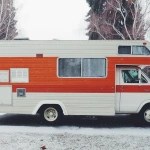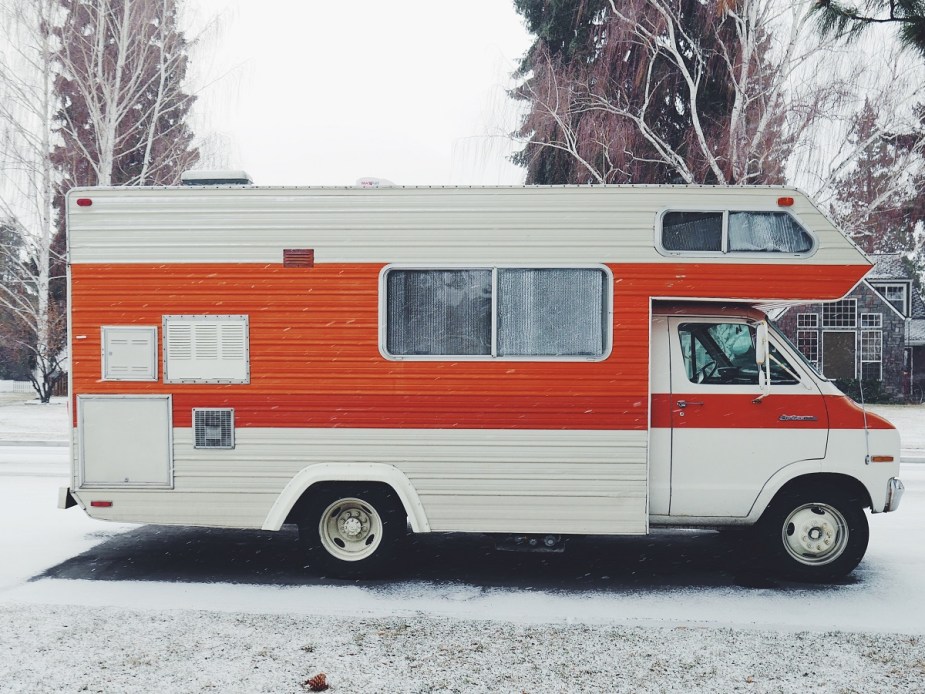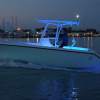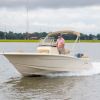
Do You Actually Need Antifreeze to Winterize an RV?
Everyone has a mental checklist when the cold winter months start to approach. You might need to close your backyard pool or buy road salt. For some, winterizing an RV is at the top of the list.
For years, there have been products that guarantee your RV will be safe to park for the winter. If you are in a pinch and need a way to get your RV winter-ready without these products, there’s an alternative method. Here is everything you need to know about RV antifreeze and if you actually need it to get your RV winter ready.
Can you winterize an RV without antifreeze?

Yes, it is entirely possible to winterize an RV without purpose-built antifreeze; it just might take a little more work. Many brands sell RV antifreeze as a liquid solution that keeps the pipes and lines in your RV from freezing in below-freezing temperatures. However, many RV owners choose to skip these antifreeze solutions altogether and opt for more natural or cost-effective solutions.
Why would you winterize an RV without antifreeze?
Many RV owners winterize their RV through more natural and old-school means for many different reasons. Those who are moving to live a more earth-friendly lifestyle may opt not to use antifreeze. RV antifreeze is considered nontoxic, but it can still cause some problems if consumed in large amounts. Just like regular automotive antifreeze, this antifreeze has a sweet taste that can attract pets, children, and wildlife.
Many RV owners live in a place where the below-freezing temperatures come and go throughout the year, and while antifreeze isn’t necessarily expensive, that cost can add up when you are using it multiple times a year.
How to winterize your RV without antifreeze
According to RV Life, winterizing your RV without antifreeze is relatively simple. It just requires a few tools, including an air compressor, blowout adapter, and tools for dumping and cleaning holding tanks.
First, you need to empty and clean your black and gray tanks as you usually would, then turn your water heater off, ensuring that it cools completely before moving on. Once your water heater is cool, switch your water heater bypass valve to bypass mode. From here, open every faucet in your RV, including all sinks and outdoor showers, then turn on your water pump to remove any leftover water from the lines. After all of the leftover water in the lines has been evacuated, empty the water heater drain to drain the water heater tank.
Once your RV is completely rid of any water, attach an air compressor to the water inlet on your RV and turn it on. With a low pressure between 30 and 50 psi, the air compressor should force any leftover water through the lines, leaving your RV completely ready for winter.
Winterizing your RV without antifreeze is not necessarily difficult. It takes a little more effort than pouring a liquid down the pipes. If you are looking for a more natural alternative to antifreeze, try the method above.



